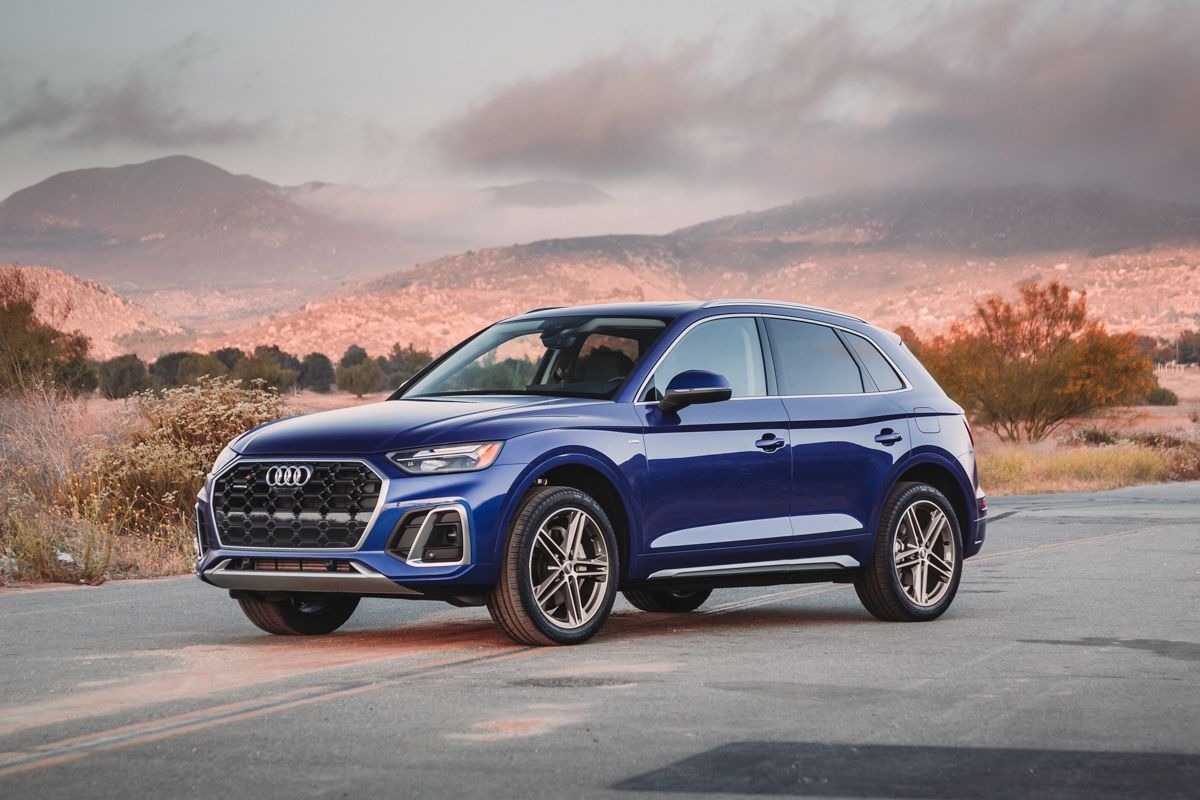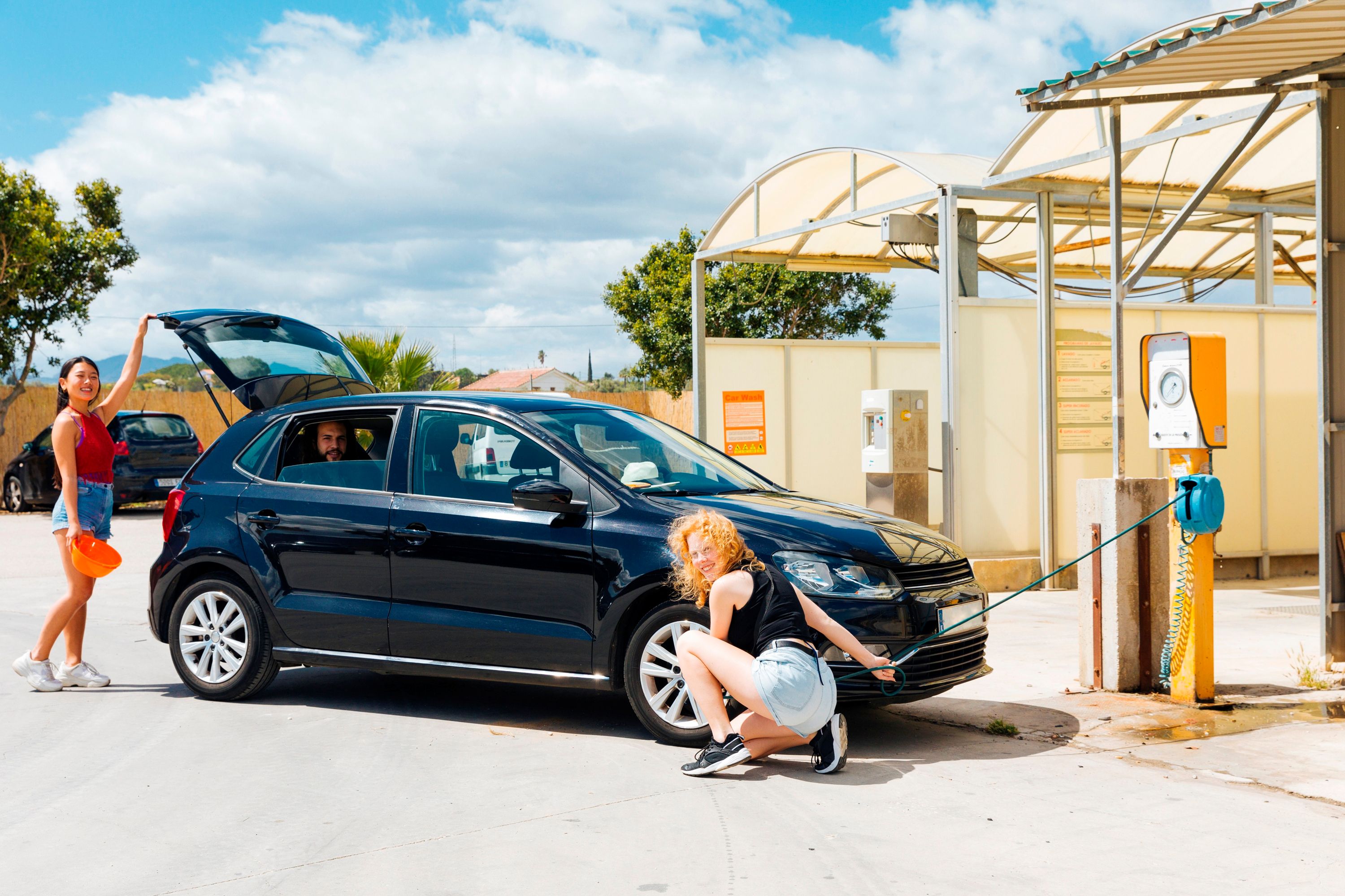
If you're looking for an unforgettable experience, a European road trip is one way of creating those memories. A road map of Europe holds the key to many wonderful treasures, and if you're lucky enough to be able to undertake such a journey, a European road-trip planner is essential. In this blog, we share a checklist for traveling to Europe and travel essentials you'll need, but before we get into the details of what to pack, let's look at how Europe is different from the USA.
Driving in Europe is Quite Different from Driving in the US
The most important thing to note if you travel from the USA to Europe is that the driving rules in Europe differ a lot from those in the States. Cars abroad are generally more compact, the parking spaces smaller, and the roads narrower, especially in the old European villages. The best family SUV for such a trip would be something slight in size, like an Audi Q5, or a compact family sedan such as a BMW 3 Series. If you don't have to transport a family, a small car is still the best for getting around Europe, and has the benefits of better gas mileage too.
Manual-transmission cars are very common in Europe and they are cheaper to rent. Make sure you can drive a stick shift or you will need to specify an automatic rental car explicitly. Also, keep in mind that they drive on the left-hand side of the road in the UK, so familiarize yourself with the driving laws of the countries you are visiting.
Travel Essentials and Packing for a Trip to Europe
Packing for a trip to Europe requires a somewhat different approach. A hardshell wheeled suitcase does not always work well in many of Europe's cobbled streets or if you have to scale stairs in ancient places without lifts or escalators. This is why so many people tend to prefer a backpack in Europe. Bring enough warm clothes for winter, plus everything else you would need in a place where it snows. For summer, it is much easier to pack light, but always have jackets and warm clothing handy. Also, break in your walking shoes before your European holiday, because you'll do a lot of walking at sightseeing spots.
Here is a short checklist for your general luggage:
- Clothes - always pack extra, as well as for anomalies in weather patterns
- Toiletries, including sunscreen, in a sealable bag
- Tech gadgets - phone, tablet, e-reader, camera, laptop, plugs, chargers, USB cables, Bluetooth car kit, etc.
- Basic medication and necessary first aid
- Cash and credit cards
Travel Tips and Your European Driving Kit
So, what do you need to drive around in Europe? We call it your European driving kit: while some things are compulsory, there are a few necessities we strongly recommend you have on hand when driving around Europe. The following is included in the compulsory road-trip essentials list:
- Reflective jackets - one per passenger - to be kept inside the vehicle
- Headlamp-beam deflectors, which are either a manual adjustment or attachment to the headlamps themselves
- A warning triangle
- A first-aid/medical emergency kit - compulsory in Germany, France, and Austria
- Safety helmets are compulsory for all motorcycle riders
Your traveling-to-Europe checklist also contains several recommended items that you should have in the car with you and these are the most important ones:
- A flashlight
- Additional coolant and engine oil for your car
- Enough to eat and drink
- Extra blankets
- Sunscreen
- Updated GPS maps
- A spare gas container
- All personal medication you're not sure you'll find abroad
- Replacement light bulbs for your vehicle
In terms of documentation, these are the most important:
- Your passport and travel documents, including visas
- Your European Health Insurance card
- Your international driving license
- Your rental-car paperwork, if applicable
- Your vehicle registration documents, if applicable
- Your vehicle-insurance documentation
- Your travel-insurance documentation
- Photocopies of the most important documents, such as passports
- Emergency contact numbers
The Best Road-Trip Ideas
A European itinerary planner is essential - there are just so many amazing must-see places. You simply must plan and prioritize. Regardless of which route you plan to take, follow our guide on driving long distances and staying alert while driving.
Here are just a few suggestions that will whet your appetite:
- Algarve (Portugal). Typically, drive from Lisbon to Faro and enjoy the cliffs, beaches, coves, and great surf.
- Andalucia (Spain). Arguably the most interesting part of Spain to visit as your travel through Sevilla, Granada, Malagan, Ronda, and Cadiz. There are lovely hikes along the way and you can even visit Gibraltar.
- Amalfi Coast (Italy). The stuff of all those postcards of Italy, the Amalfi Coast is a UNESCO World Heritage Site. Coastal road links colorful towns and incredible views. Travel through Rome, Naples, Ravello, and Praiano.
- The Romantic Road (Germany). A beautiful road trip between Wurzberg and Fussen, passing many of Germany's famous castles.
- Alsace (France). Go on a road trip in one of France's wine regions, starting at Alsace's capital, Strasbourg, with its gothic cathedral.
- North Coast 500 (Scotland, UK). Perhaps Scotland's most popular road trip, starting in Inverness, through Applecross, Lochinver, Durness, and John o' Groats - a total of 500 miles. You'll see the best of Scotland, but it will probably take you two weeks.
Conclusion - The Road to Europe Goes Through Paradise
The road to Europe is often paved with cobbles and is almost always host to amazing sights. You can ship a car from Newark, NJ, to Bremerhaven, Germany, through a shipping company if you want to take your own car, but we recommend rental in Europe and making use of public transportation the rest of the time. Taking your own car will also mean you'll have to go to significant trouble to prepare your car for the vacation. Our European travel tips should set your mind racing to plan your own unforgettable getaway.

